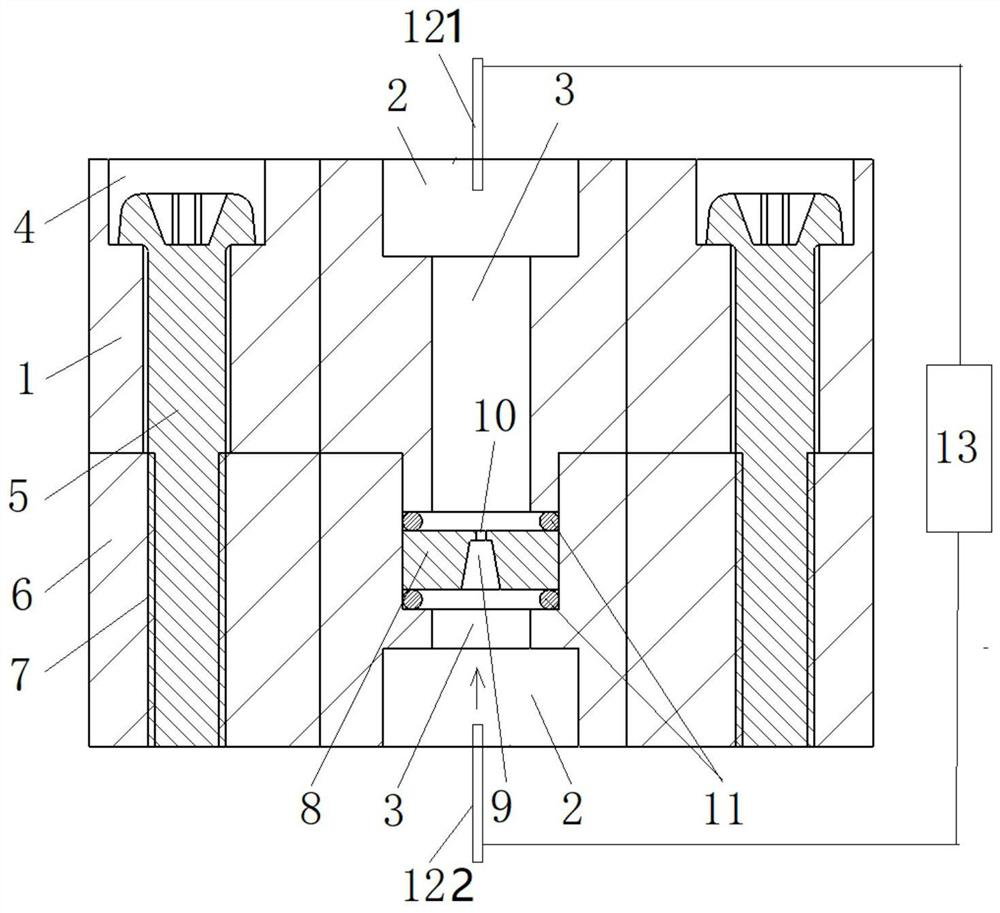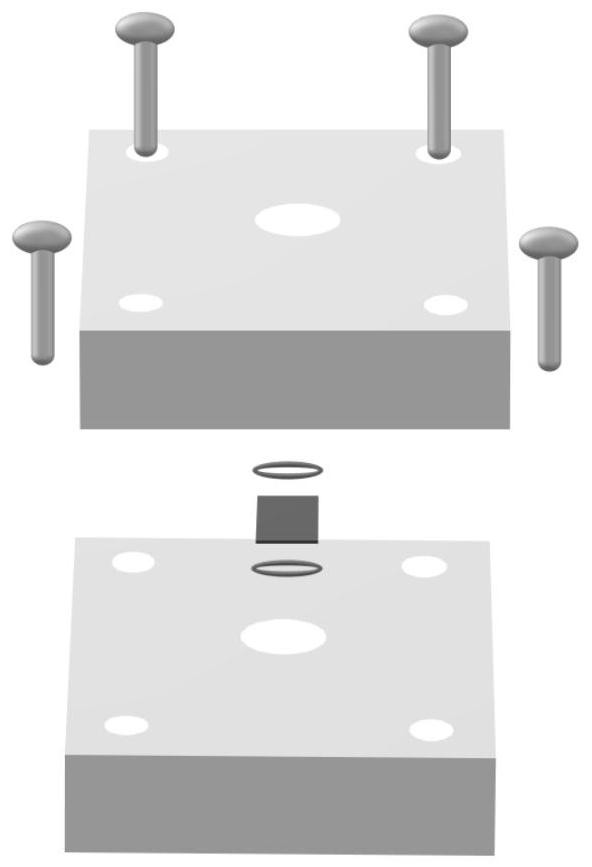Method and device for detecting HIV-1 P24 antigen based on silicon nitride (SiNx) solid nanopore
An HIV-1P24 and nanopore technology, which is applied in the field of HIV-1P24 antigen detection based on silicon nitride solid-state nanopores, can solve the problems of long window period, cumbersome steps, high price, etc. High sensitivity effect
- Summary
- Abstract
- Description
- Claims
- Application Information
AI Technical Summary
Problems solved by technology
Method used
Image
Examples
Embodiment Construction
[0038] The technical solutions in the embodiments of the present invention will be clearly and completely described below in conjunction with the drawings in the embodiments of the present invention. Apparently, the described embodiments are only some of the embodiments of the present invention, not all of them. Based on the embodiments of the present invention, all other embodiments obtained by persons of ordinary skill in the art without making creative efforts belong to the protection scope of the present invention. Additionally, the protection scope of the present invention should not be limited only to the following specific structures or components or specific parameters.
[0039] The present invention is based on silicon nitride (SiNx) solid-state nanopore detection method and device for HIV-1P24 antigen, which is further a silicon nitride (SiNx)-basedX ) A method for rapid detection of low-concentration HIV-1 P24 antigen by solid-state nanopore technology. This method...
PUM
| Property | Measurement | Unit |
|---|---|---|
| diameter | aaaaa | aaaaa |
Abstract
Description
Claims
Application Information
 Login to View More
Login to View More - R&D
- Intellectual Property
- Life Sciences
- Materials
- Tech Scout
- Unparalleled Data Quality
- Higher Quality Content
- 60% Fewer Hallucinations
Browse by: Latest US Patents, China's latest patents, Technical Efficacy Thesaurus, Application Domain, Technology Topic, Popular Technical Reports.
© 2025 PatSnap. All rights reserved.Legal|Privacy policy|Modern Slavery Act Transparency Statement|Sitemap|About US| Contact US: help@patsnap.com



